Troponin tests and ECG
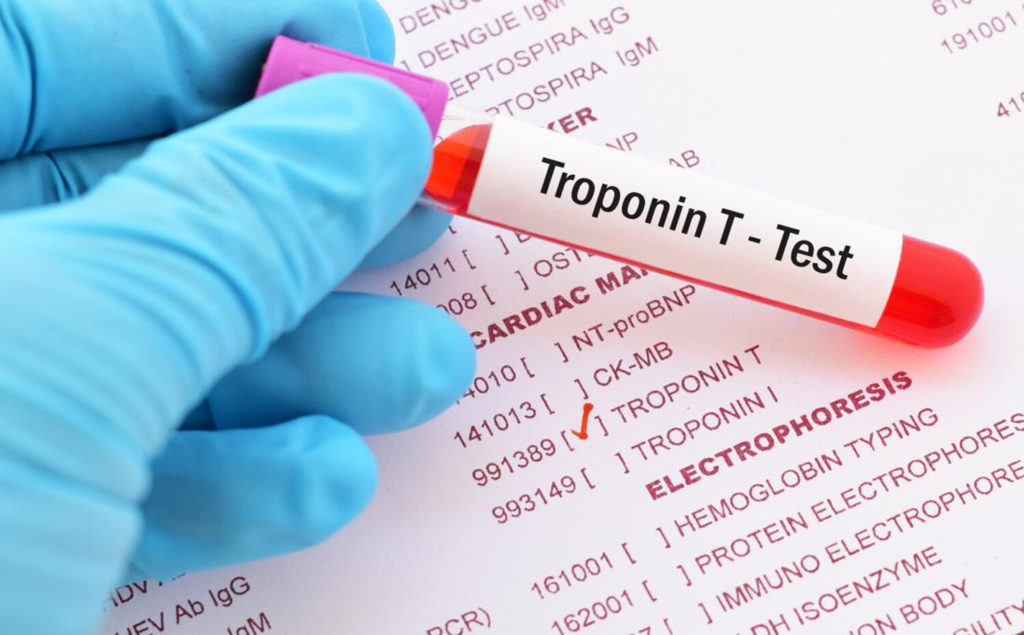
Everty day troponin tests and ECG are used to determine if a person suffers from a heat infarct. Recent innovations are now available
Changes in diagnostic cardiology
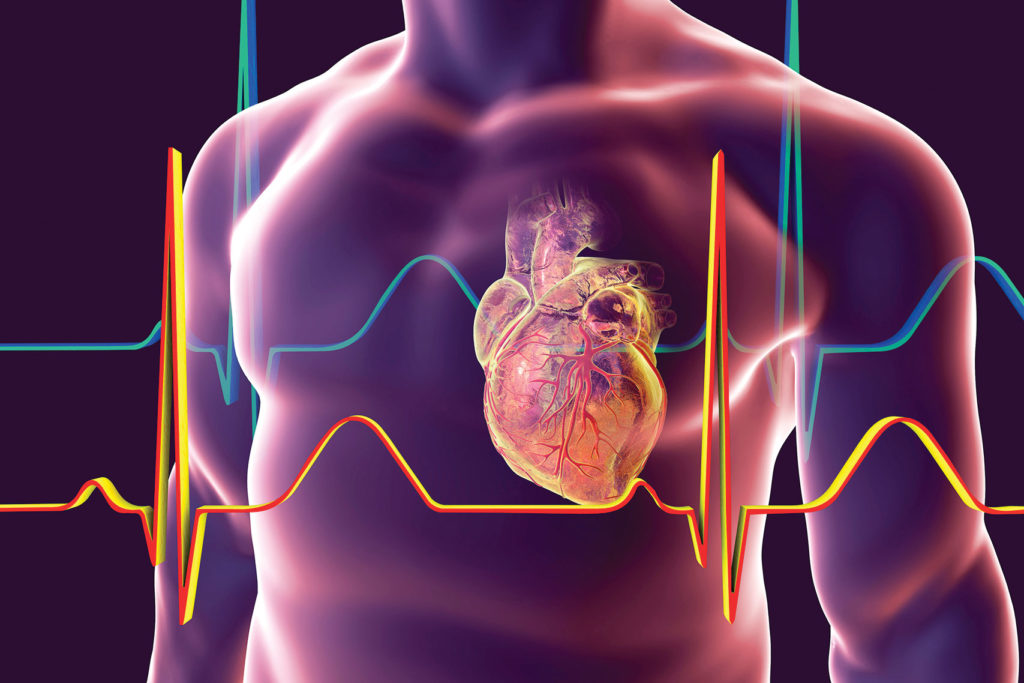
Changes in diagnostic cardiology are gaining momentum. A recent report indicates that this market is evolving at a rapid pace.
Screening for AF with ECG
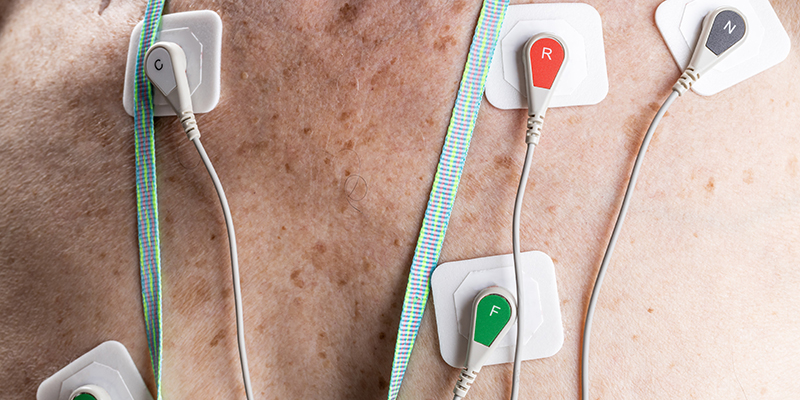
Next month Dutch parliament will vote on screening for AF with ECG for people over the age of 65. Let’s increase the ECG screening scope!
Mistakes in ECG interpretation

Rapid and correct ECG interpretation is essential in Emergency Departments, mistakes in ECG interpretation should be avoided if possible.
Complex progressive conduction block

This CineECG case study shows a complex progressive conduction block. A two level AV-junctional conduction block hinders easy ECG interpretation
Genetic heart disease diagnostics improvement
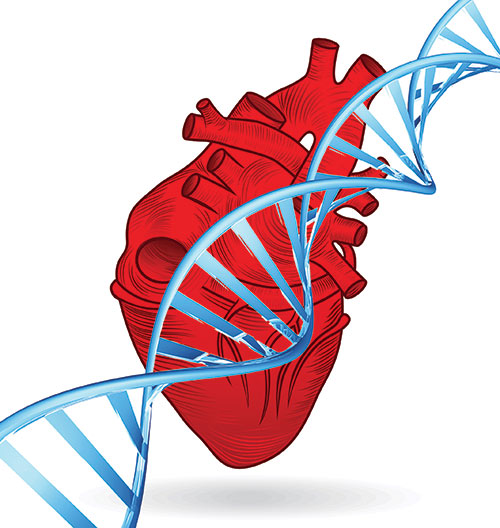
Genetic heart disease diagnostics improvement is a true challenge for physicians. New technologies offer a way forward.
Improving heart modeling
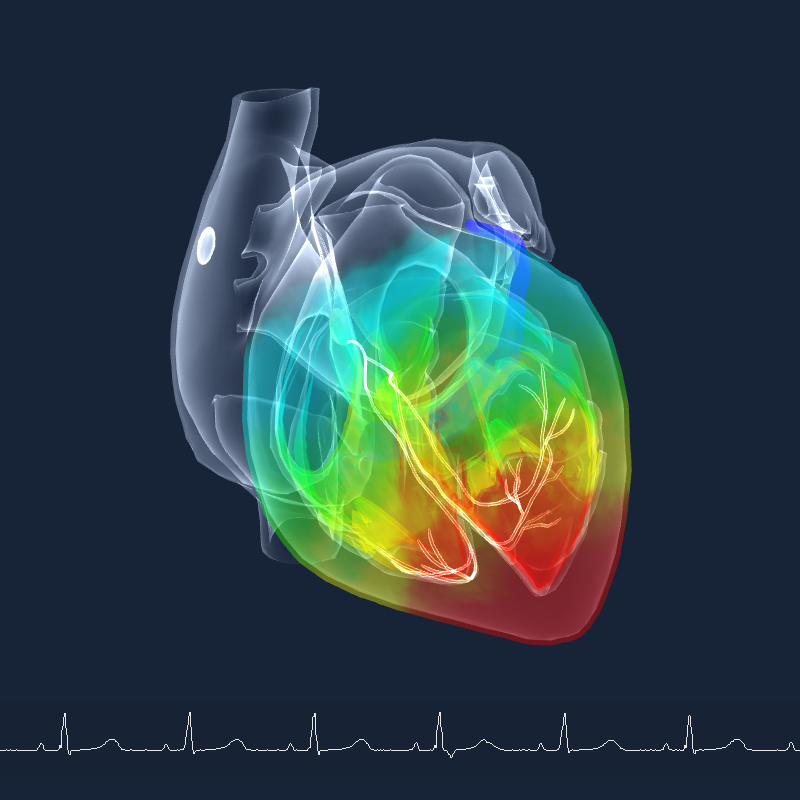
To increase the clinical value of noninvasive ECG data we focus a part of our research on improving heart modeling. And progress is made.
AI and healthcare
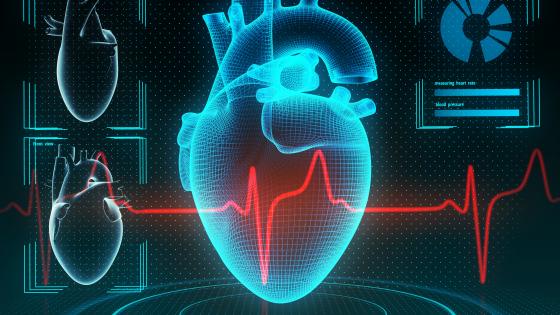
Adding more data to the ECG to improve the effectiveness of the combination of AI and Healthcare in cardiology diagnostics
ECG and STEMI criteria
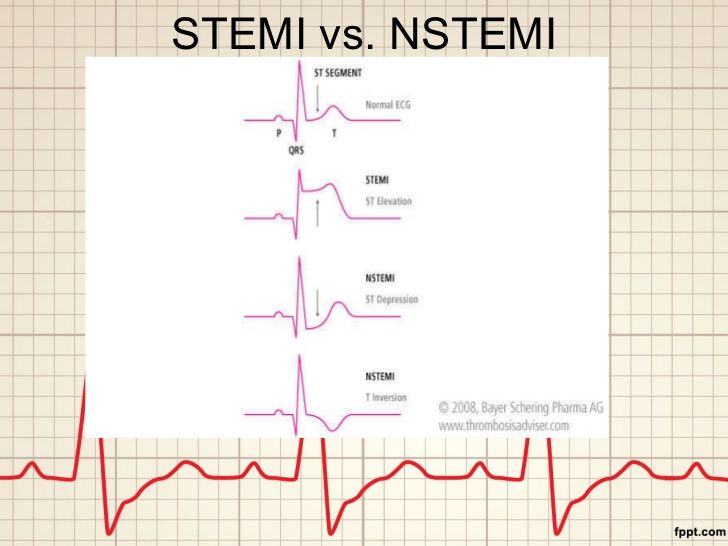
The discussion regarding ECG and STEMI criteria is needed to Improve rapid ECG-based heart attack identification
Female heart disease diagnostics

Heart disease diagnostics based on 12-lead ECG is difficult but Female heart disease diagnostics appears to be even more challenging. Female hearts are different from males and this also reflects in differences which can be seen in the electrocardiogram.